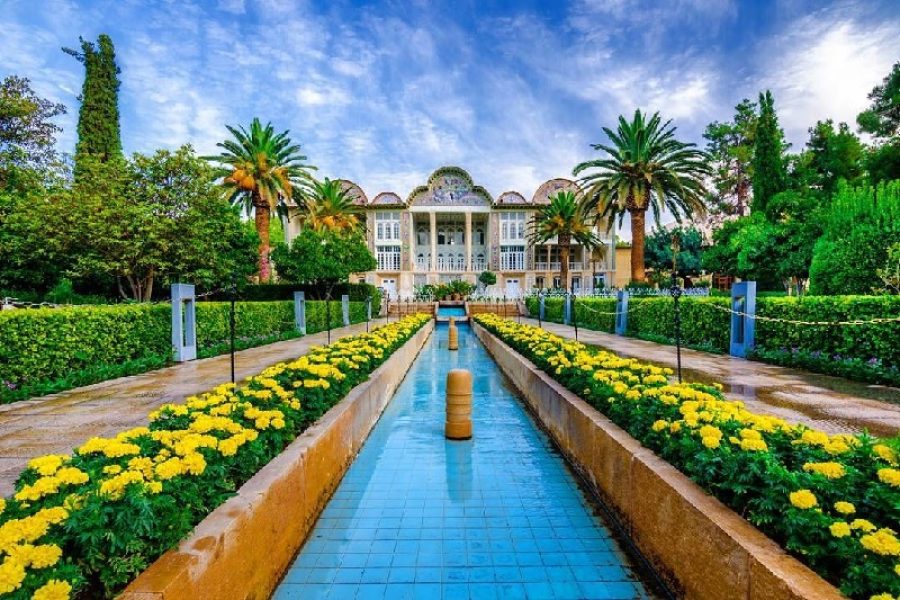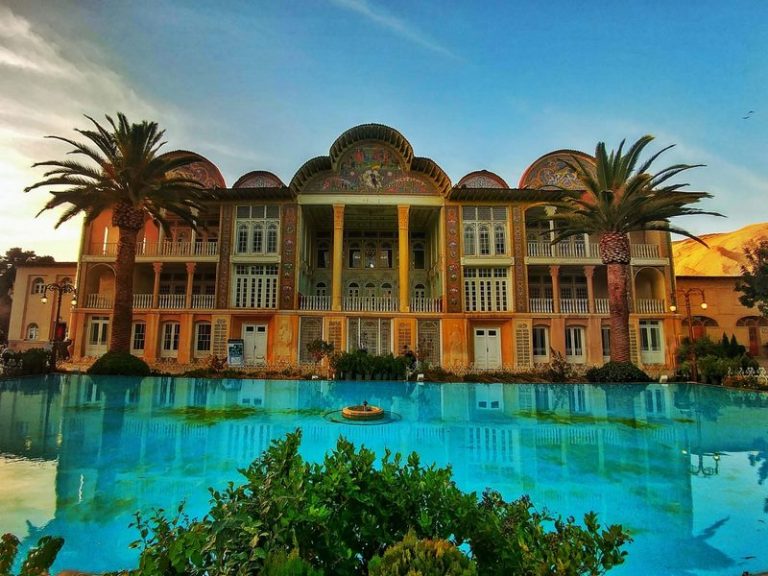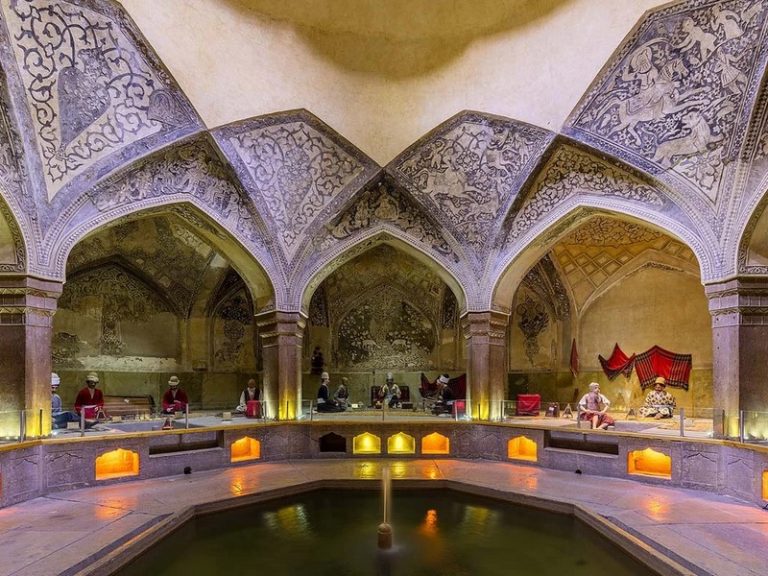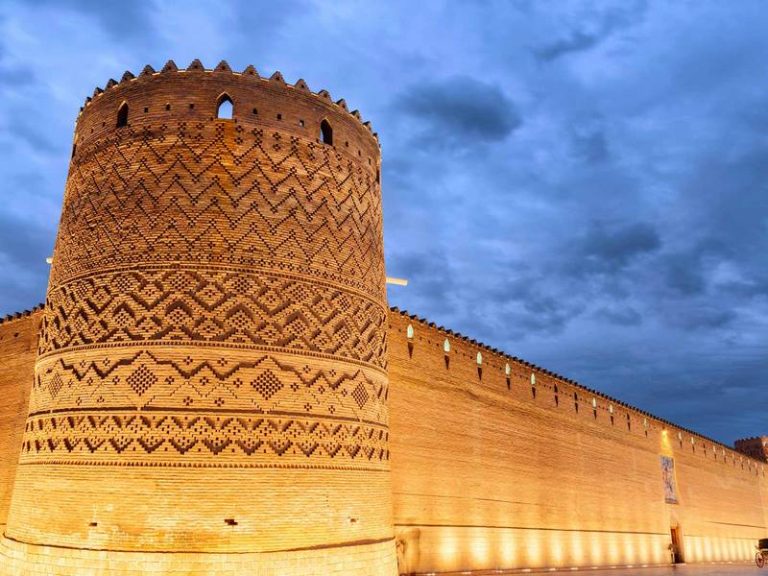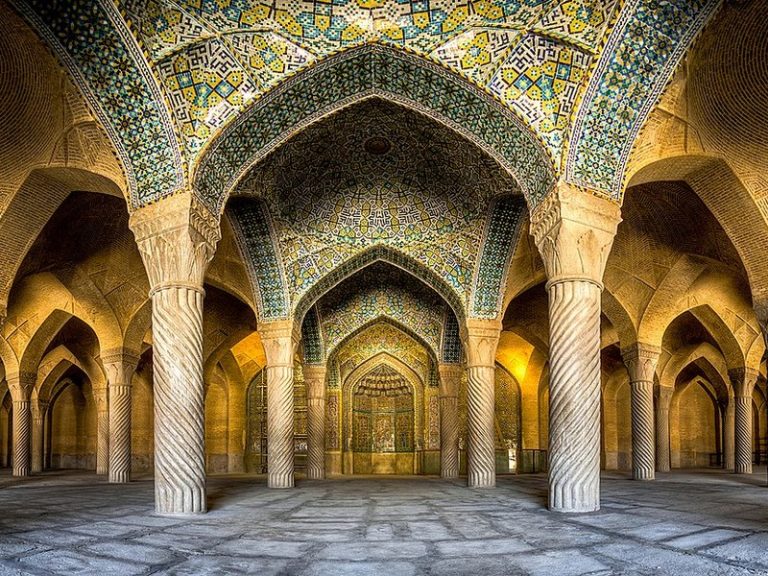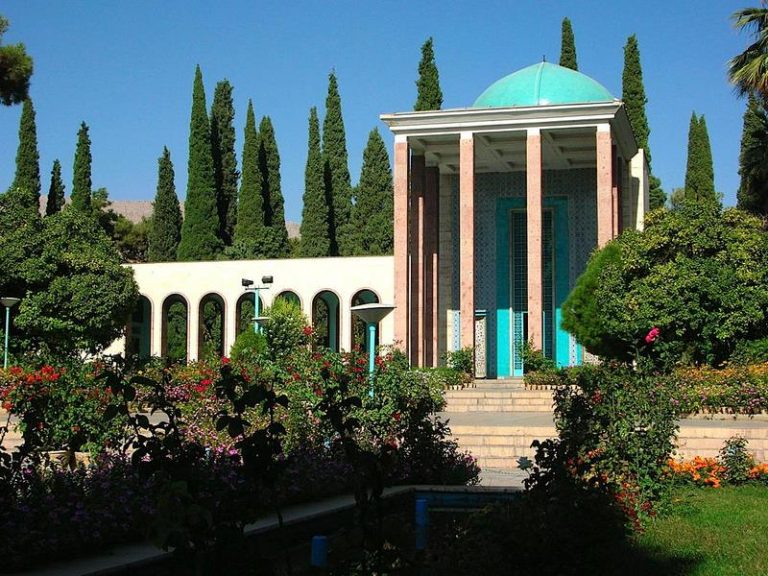Discover Tehran, Iran’s vibrant capital, nestled amidst the stunning Alborz mountain range, boasting altitudes from 900 to 1800 meters above sea level.
Tehran’s climate is uniquely influenced by its geography, featuring cold and arid conditions in the north and warm, arid climates in the south. This diversity adds to the city’s charm.
From the historic Azadi Square to the contemporary Milad Tower, Tehran seamlessly merges tradition with modernity, establishing itself as a leading center for government, politics, economy, and culture in Iran.
As one of the world’s largest metropolises, Tehran offers a rich tapestry of history and captivating landscapes, including the towering Damavand, Iran’s highest volcanic peak.
Here are your intercity means of transportation:
- By Road: Tehran is well-connected by road, with highways linking it to major cities. Travelers can opt for private cars, buses, or shared taxis for a comfortable journey to Tehran.
- By Train: Tehran is also accessible by train, with the city being served by the national railway network.
- By flight: Getting to Tehran is easy with Tehran Imam Khomeini International Airport (IKA) just 30 kilometers southwest of the city center and Mehrabad Airport right in the middle of the city for domestic flights.
Within Tehran, visitors can rely on local buses, subway, taxis, and rideshare services to navigate the city.
Tehran experiences four distinct seasons, making its weather relatively predictable throughout the year. The warm months typically span from late May to early September, while cooler temperatures are common from November to February.
Even during the cooler months, visitors to Tehran should remember to pack appropriately, as winter often brings bright, sunny days.
Peak-Season: Exhibitions Times through the year, be advised to check with your agents in advance.
High-season: Spring and early autumn (Late February to June, September to November)
Low-season: Winter and summer (December to Early February, June to early September)
Although New Year Holidays also known as “Norooz” (Approximately from March 15th to April 2nd) is the peak-season all over Iran, it is considered low-season in Tehran.






